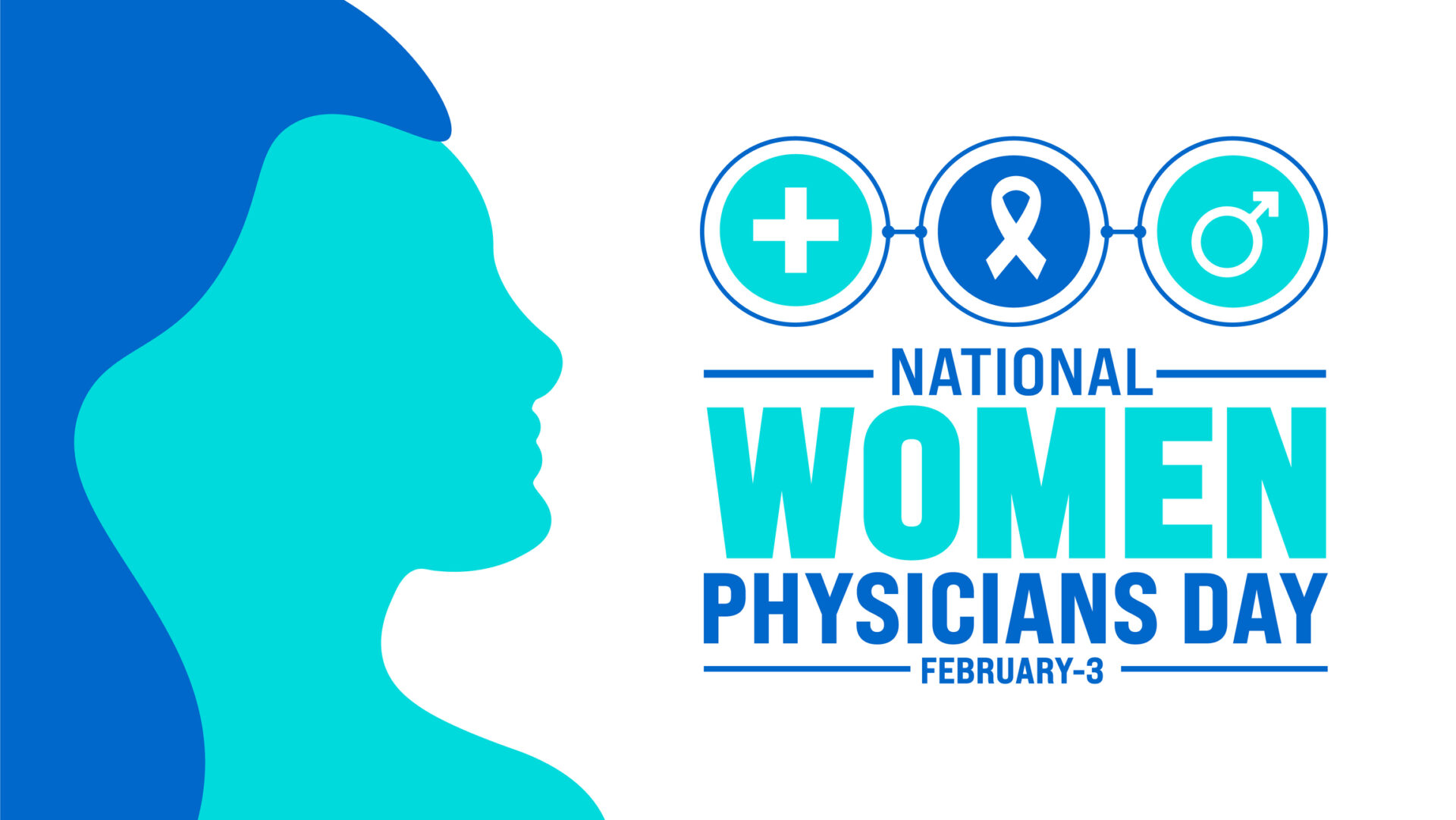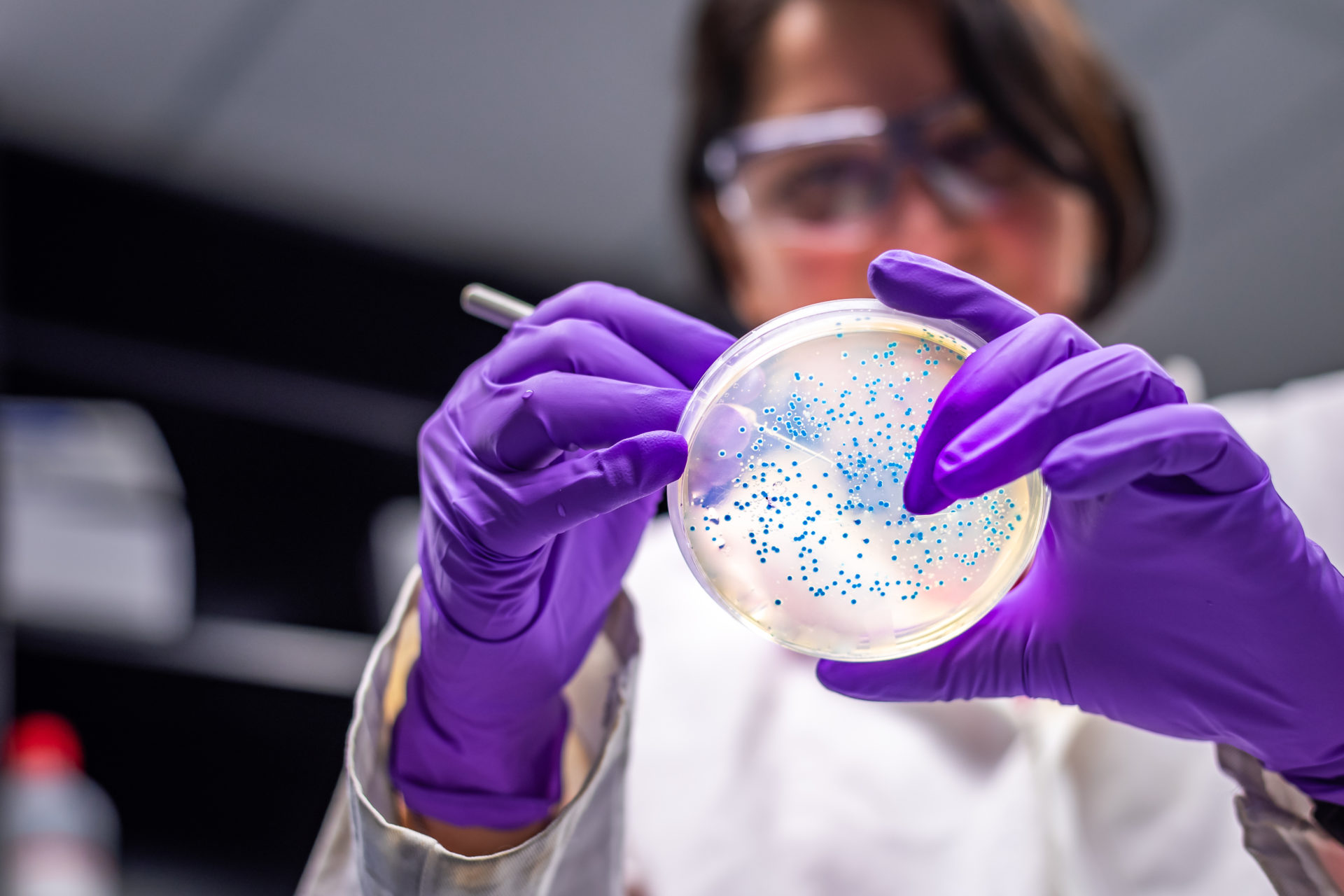Last updated October 22, 2020.
A specialty within internal medicine, cardiology focuses on diagnosing and treating diseases that affect the heart and cardiovascular system. The most common issues treated by cardiologists include heart disease, atrial fibrillation, hypertension, high blood pressure, and high cholesterol.
Cardiology, also known as cardiovascular disease, can be further broken down into sub-specialties. Those interested in dealing with adult patients can specialize to become adult congenital cardiologists. Those looking to work with younger patients should consider pediatric cardiology. General clinical cardiologists will work with patients experiencing long-term cardiovascular complications that require consistent monitoring and maintenance. Detail-oriented individuals who are interested in surgery may consider becoming cardiothoracic surgeons. The above list is not exhaustive; for a more complete list of subspecialties within cardiology, click here. In many cases, a cardiologist will choose to specialize in more than one subspecialty. This allows them to work with diverse needs.
Residency
To become a cardiologist, medical graduates must complete a three-year residency in internal medicine followed by a three-year fellowship in cardiology or one of its subspecialties.
During the 2019-2020 residential year, there were 29,243 internal medicine residents. This is one medical specialty in which residency spots seem to be growing year after year. Between 2018 and 2019, there were 28,420 residency spots available.
This year 12,992 internal residents identified as IMGs. That means 44.4% of internal medicine residents received their medical degrees from a country outside the U.S.
After completing an internal medicine residency, an individual electing to specialize in cardiology or one of its subspecialties will need to pursue a fellowship. Cardiology fellowships can take between two and three years. For an outline of each cardiology subspecialty and the length of fellowship programs associated, click here.
Practicing as a Physician
According to the Association of American Medical Colleges, more than 22,000 cardiologists are currently practicing medicine within the U.S.
Cardiologists are among the highest-paid healthcare professionals. In 2020, the average income for cardiologists was $438,000. This number has steadily increased over the last few years.
While a good paycheck is an upside to cardiology, long hours and associated job stress are two possible downsides. Cardiology is second to emergency medicine when it comes to specialties most lined to high physician burnout rates. According to one recent study, roughly 27% of cardiologists experience burnout to some level.
Interested in cardiology or another medical specialty?
Gain in-depth knowledge of any medical specialty or subspecialty during a clinical experience with AMO!







I am a cardiologist in my home country who wishes to work in the US. I am currently taking my USMLE step exams but will love to do a one month observership in the US possibly in a cardiac center as this will boost my application. I would be most grateful if AMO can assist me achieve this.
Thanks
Dr aiwuyo Henry MBBS, FWACP (cardio)